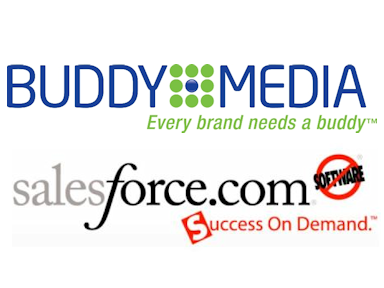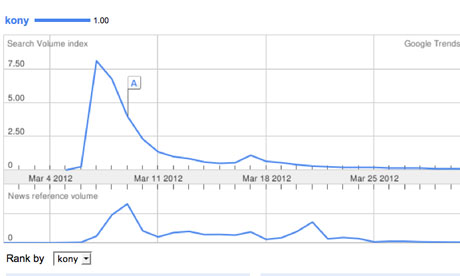Consumer Reports released
interesting stats last week about Facebook users. During the past 12 months, they were able to make following projections from the Consumer Reports State of the Net survey:
- 39.3 million identified a family member in their profile
- 20.4 million included their date of birth in their profile
- 13 million said they had never set, or did not know about, Facebook privacy tools
- 28% shared all, or almost all, posts with an audience wider than their friends
- 4.6 million discussed their love life on their wall
To help Facebook users get better control of Facebook privacy, Consumer Reports created the following video:
After reading the stats and watching the video, two thoughts come to my mind.
1. Privacy is becoming more important to people.
Privacy discussion is on the rise. CISPA is educating people about kinds of data that can be shared with government. Upcoming Facebook's IPO is not just increasing the hype about social network, but it's also creating much needed awareness about the data that you share on Facebook. As Facebook needs to rapidly increase the revenue by analyzing the user data more closely, there will be more in-your-face advertisements and online shopping capabilities in your Facebook pages. This will only increase the awareness of user privacy.
2. Facebook privacy setting is still complicated.
Updates on your wall, photos, photo tagging and profile information sharing are all controlled separately. It feels like Facebook has not realized that providing the easy-to-use privacy setting will encourage more sharing. Getting any setting control is hard, and it can quickly become a task in itself from user's perspective. Facebook has lots of rooms to improve.
I think these two factors create an opportunity for challengers to come in and address the privacy problem better.
Allowing people to control their messages is critical. Being able to control who can see the message will become even more important in future. Unless Facebook provides easy solution for masses, it risks becoming public only social network, and that will create a huge opportunity for other social networks to fill that need.
In worst case Facebook users may follow Consumer Reports recommendation:
"When all else fails, deactivate.
When you deactivate your account, Facebook retains your profile data, but the account is made temporarily inaccessible."














